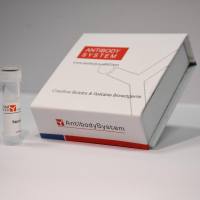Topology Assessment, G Protein-Coupled Receptor (GPCR) Prediction, and In Vivo Interaction Assays to Identify Plant Candidate GPCRs
互联网
671
Genomic sequencing has provided a vast resource for identifying interesting genes, but often an exact “gene-of-interest” is unknown and is only described as putatively present in a genome by an observed phenotype, or by the known presence of a conserved signaling cascade, such as that facilitated by the heterotrimeric G-protein. The low sequence similarity of G protein-coupled receptors (GPCRs) and the absence of a known ligand with an associated high-throughput screening system in plants hampers their identification by simple BLAST queries or brute force experimental assays. Combinatorial bioinformatic analysis is useful in that it can reduce a large pool of possible candidates to a number manageable by medium or even low-throughput methods.
Here we describe a method for the bioinformatic identification of candidate GPCRs from whole proteomes and their subsequent in vivo analysis for G-protein coupling using a membrane based yeast two-hybrid variant (Gookin et al., Genome Biol 9:R120, 2008). Rather than present the bioinformatic process in a format requiring scripts or computer programming knowledge, we describe procedures here in a simple, biologist-friendly outline that only utilizes the basic syntax of regular expressions.









